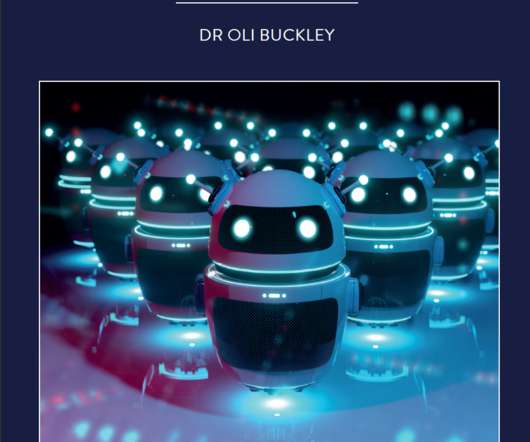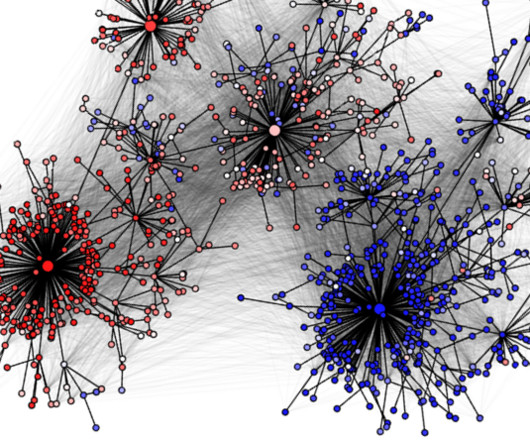Cyber security for the AI age
Futurum
OCTOBER 12, 2023
Talk like a cyber security expert Cyber security — the protections and measures taken against digital threats, namely cyber criminals Generative AI — artificial intelligence that is capable of generating media (such as text or images). It is estimated that software supply chain attacks hit 60% of companies in 2021.














Let's personalize your content